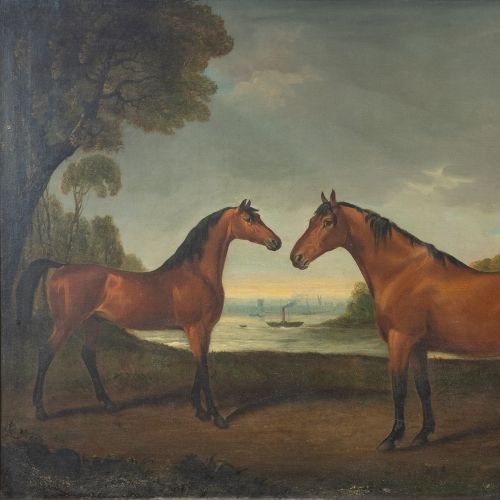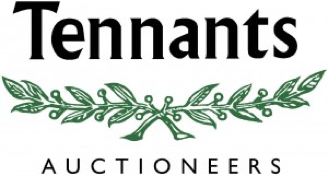Whimsical, colourful and highly inventive, Fairyland Lustre is one of the most sought-after collectable ceramics at auction.
News & Insights
Fairyland Lustre
Fairyland Lustre was produced by Wedgwood, a Staffordshire pottery with an otherwise restrained and traditional output. It sprang from the vivid imagination of Susannah Margaretta ‘Daisy’ Makeig-Jones (b.1881). Daisy was born in Rotherham, the daughter of a GP. Displaying an early talent for art, she attended Torquay Art School after her family moved to the area. In 1909, after an introduction to Cecil Wedgwood, Daisy was given a trainee position in the Wedgwood factory, and by 1914 was considered accomplished enough to be given her own studio.
Daisy’s training at Wedgwood coincided with their experiments with new glazing techniques, most importantly experiments with lustre glaze – a multicolour iridescent finish. Combining this lustrous finish with vivid blues, purples, oranges, yellow, greens and gold, Daisy initially began producing designs with butterflies, dragons, fish and birds. However, in 1915 she introduced a fantastical make-believe world full of sprites, pixies, elves and all manner of magical creatures, inspired by fairy tales and popular illustrations by the likes of Arthur Rackham.
Wedgwood’s fortunes were flagging after the First World War, however, the colourful make-believe world of Daisy Makeig-Jones appealed to the weary nation and helped revive the pottery. Expensive to produce, Fairyland Lustre was a luxury, a showpiece and sought after by the wealthy at home and in America. However, relatively few pieces were produced - leading to their rarity today. The 1920s saw the greatest pieces of Fairyland Lustre, however, with the down turn in the economy around 1930 and a trend in tastes towards the austere, there was a dramatic fall in popularity for the colourful pots. Daisy Makeig-Jones left Wedgwood in 1931, unable to adapt her style to suite the times, and only a handful of designs were produced in the following decade before production ceased entirely.
At auction today, the most desirable pieces are large-scale vases and scarcer shapes, patterns and colours such as the vivid flambé pieces. Condition is all important too – with collectors eager for pristine examples. Prices range from the mid-hundreds for small bowls up into the high thousands for the most spectacular pieces. A particularly fine example was sold in July this year, a covered vase with the Ghostly Wood pattern, which sold for £6,000 plus buyer’s premium. This detailed piece was inspired by a French fairy tale, recounting the travels of Mitaine, a courageous young girl who set out to conquer her enemy who dwelt in the Fortress of Fear in terrifying wood. One of Daisy’s most fantastical scenes, Ghostly Wood portrays a demon tree, a white rabbit guide and all manner of ghastly creatures.

Diane Sinnott
BA (Hons) MRICS
20th Century Design Specialist, General Valuer
+ 44 (0) 1969 623780
diane.sinnott@tennants-ltd.co.uk
< Back to News

10th January 2026, 09:30
Plan your visit to our Leyburn Head Office and Salerooms, or the Harrogate Office
Get your antiques and collectables valued by our team of specialists.













